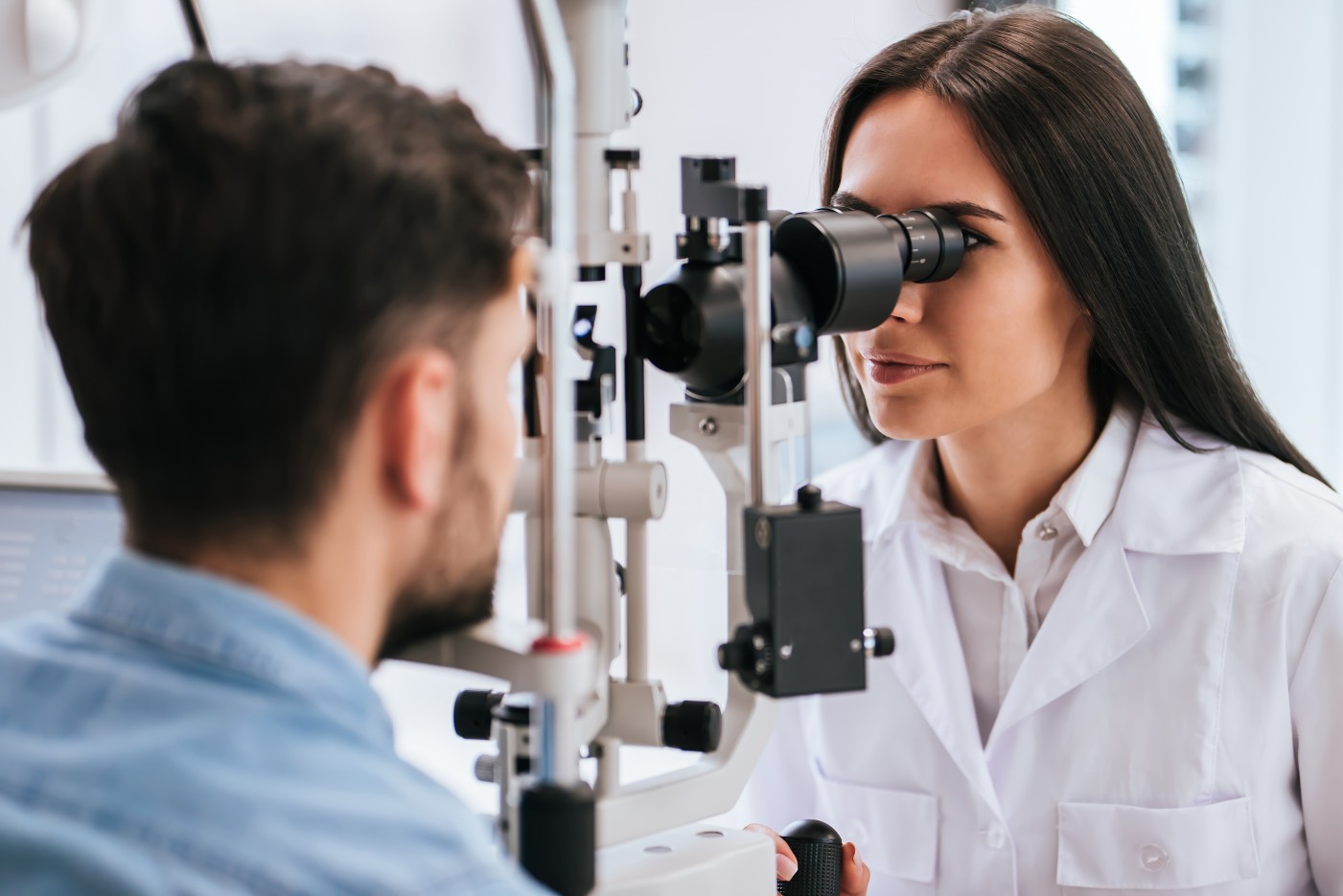
Doctors can gain a good idea of how long you have left to live using a simple eye test, according to a team of international scientists. They say they have found that there is a link between the health of a person’s brain and circulatory system and the biological age of a person’s retina—the layers of nerve tissue at the back of the eye.
Read More »A window into the body
The retina offers a window through which doctors can evaluate changes in the blood and the nervous system that are associated with an increased risk of death, explains Dr. Mingguang He of the Centre for Eye Research in Australia, a leading member of the team that made the discovery.
The network of vessels that make up the retina can act as an indicator of the overall health of the brain and the circulatory system, he adds.
Retinal age gap
The reason that the retina is a good indicator of health is that the membrane at the back of a person’s eye contains cells that are light sensitive. Those cells start to deteriorate during middle age and continue to do so as a person ages. When the cells deteriorate at a faster rate than is usually the case with an increase in age, the “biological age” of a person’s retina becomes older than the person’s chronological age. Scientists describe this difference as the ”retinal age gap.”
Those people whose retinas are older than their chronological age and therefore have a wider retinal age gap are more likely to die in the next 10 years, the study found.
Although the risks of death and illness increase with age in everyone, those risks vary widely among people who are of the same age, the research team says.
Fast agers
More than half of the participants in the study were categorized as “fast agers”—those who have a larger retinal age gap. Half had retinal age gaps of three years or more, a quarter had gaps of five years and one in 20 had a gap of more than 10 years.
Other tests
Similar tests have been developed involving cells, tissue, and chemicals, but they bring with them privacy and ethical issues, the scientists add. Those tests also are expensive, invasive, and take a lot of time. The eye tests developed by the international team of scientists are quite different and relatively easy to perform.
How the tests were conducted
The scientists used an advanced form of artificial intelligence that is called “deep learning” to determine a person’s retinal age from images of the fundus, which is a network of small vessels at the back of the eye.
They started by examining 19,200 fundus images taken over time from the right eyes of 11,052 participants, all of whom were in relatively good health when their eyes were first checked at the British Biobank. Those images were used to determine how accurate the deep learning model would be for predictions of retinal age. They found a convincing association between real age and retinal age. The overall accuracy was within three-and-a-half years.
Studied over 11 years
The next step was to assess the retinal age gap for 35,917 participants over 11 years. During that time 1,871 (5%) participants in the study died. Of those, 321 (17%) died of cardiovascular disease, 1,018 (54.5%) died of cancer, and 532 (28.5%) died of other causes, including dementia.
Each one-year increase shown in the retinal age gap was linked to a 2% increase in the risk of dying from any cause and a 3% increase in the risk of dying from a specific cause, except for heart disease and cancer.
When the same process was applied to the left eye similar results were found.
Previous studies have found that retinal images contain information on heart risk factors, systemic biomarkers, and chronic kidney disease.
The study is published in the British Journal of Ophthalmology.





